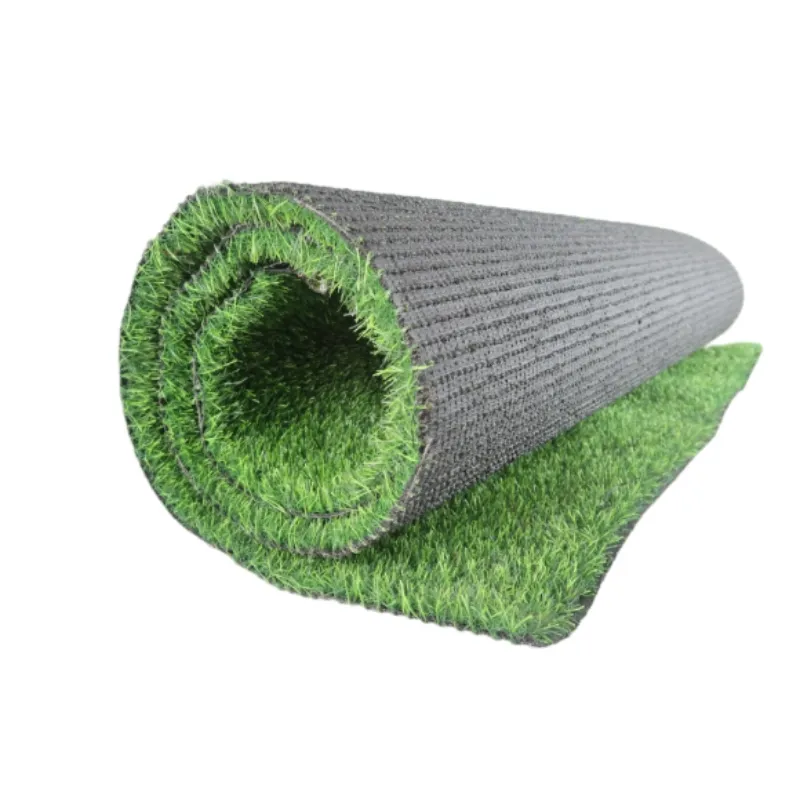
- Afrikaans
- Arabic
- Belarusian
- Bengali
- Czech
- Danish
- Dutch
- English
- Esperanto
- Estonian
- Finnish
- French
- German
- Greek
- Hindi
- Hungarian
- Icelandic
- Indonesian
- irish
- Italian
- Japanese
- kazakh
- Rwandese
- Korean
- Kyrgyz
- Lao
- Latin
- Latvian
- Malay
- Mongolian
- Myanmar
- Norwegian
- Persian
- Polish
- Portuguese
- Romanian
- Russian
- Serbian
- Spanish
- Swedish
- Tagalog
- Tajik
- Thai
- Turkish
- Turkmen
- Ukrainian
- Urdu
- Uighur
- Uzbek
- Vietnamese
Choosing the Best Grass for Golf Putting Greens and Their Maintenance
Nov . 28, 2024 00:37 Back to list
The Importance of Grass Type in Golf Putting Greens
When it comes to golf, many factors play an essential role in determining the performance of players on the course. Among these elements, the type of grass used on putting greens is crucial. It significantly influences the speed, smoothness, and overall quality of the putting surface. Understanding the different types of grass for putting greens, along with their characteristics and maintenance requirements, is vital for golf course designers, groundskeepers, and players alike.
Common Types of Grass for Putting Greens
Two primary families of grass are typically used for golf putting greens bentgrass and Bermudagrass
. Each type has its unique advantages and suitability for different climates.Bentgrass is a popular choice for northern climates, known for its fine texture and ability to create a smooth putting surface. It thrives in cooler temperatures and can tolerate close mowing, making it ideal for the fast greens that many professional golfers prefer. Bentgrass also recovers well from foot traffic and can be groomed to provide a consistent roll—attributes that are essential for competitive play. However, it requires frequent maintenance, including aeration and topdressing, especially during the growing season.
Bermudagrass, in contrast, dominates the southern regions. This warm-season grass grows vigorously and is drought-resistant, making it suitable for regions that experience high temperatures. Bermudagrass can produce a durable surface that stands up to heavy use while providing decent green speed. However, it’s crucial to note that Bermudagrass can go dormant and turn brown during cooler winter months, necessitating overseeding with a winter grass variety in some areas to maintain a green appearance year-round.
Grass Maintenance and Management
The quality of putting greens is not solely dependent on the grass type but also on how well it is maintained. Key practices for maintaining healthy putting greens include proper mowing, watering, fertilization, and pest management.
golf putting grass

Mowing is perhaps the most critical maintenance practice. Greens are typically mowed at a height of 0.1 to 0.25 inches for optimal performance. Regular mowing encourages lateral growth, helping to create a dense, smooth surface ideal for putting.
Watering practices should aim to keep the soil moisture levels consistent without waterlogging. Irrigation should be adjusted based on weather conditions, ensuring that the grass remains healthy and vibrant without encouraging disease.
Fertilization also plays a significant role in growth and health. The nutritional requirements will differ based on the grass type and the season; therefore, a well-planned fertilization schedule is essential. Additionally, pest management, whether that involves managing weeds or treating diseases, is vital for maintaining the integrity of the putting surfaces.
The Impact on Player Performance
For golfers, the type of grass underfoot can hugely impact their game. Players often develop preferences for certain green speeds and textures that suit their putting styles. A smooth, well-maintained green can inspire confidence, allowing players to focus on their technique rather than the influence of the surface.
Moreover, different grass types can influence the speed of the greens. For example, bentgrass greens can often be faster than Bermudagrass greens, which might affect strategy and club selection. Understanding these differences allows players to adapt their game accordingly.
Conclusion
In conclusion, the choice of grass on golf putting greens is a significant element of the golfing experience. Bentgrass and Bermudagrass serve different purposes and excel in varying conditions, but both require diligent maintenance to ensure optimal playing conditions. Furthermore, the interaction between players and the type of grass can profoundly impact performance and enjoyment. As technology and understanding of turf management continue to evolve, so too will the methods of cultivating perfect putting greens, contributing to the never-ending quest for the ideal golfing experience.
-
The Benefits of Artificial Turf for Indoors
NewsJul.15,2025
-
How Artificial Grass Suppliers Ensure Quality Products
NewsJul.15,2025
-
Artificial Grass and Pets: A Space for Relaxation
NewsJul.08,2025
-
Balcony & Outdoor Decoration with Artificial Grass
NewsJul.08,2025
-
Best Indoor Artificial Grass for Home
NewsJul.07,2025
-
Best Pet Turf for Dogs: Safe & Durable Artificial Grass Options
NewsJul.07,2025
Products categories









